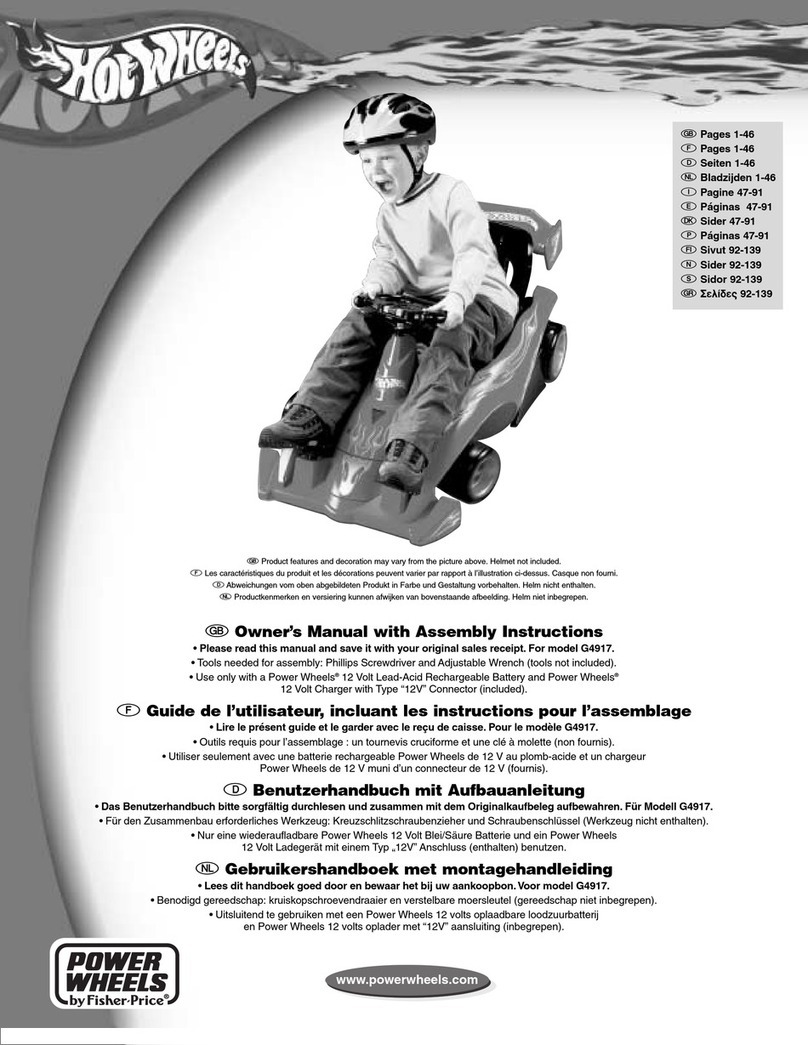Hot Wheels Ai User manual
Other Hot Wheels Toy manuals

Hot Wheels
Hot Wheels ENERGY TRACK User manual
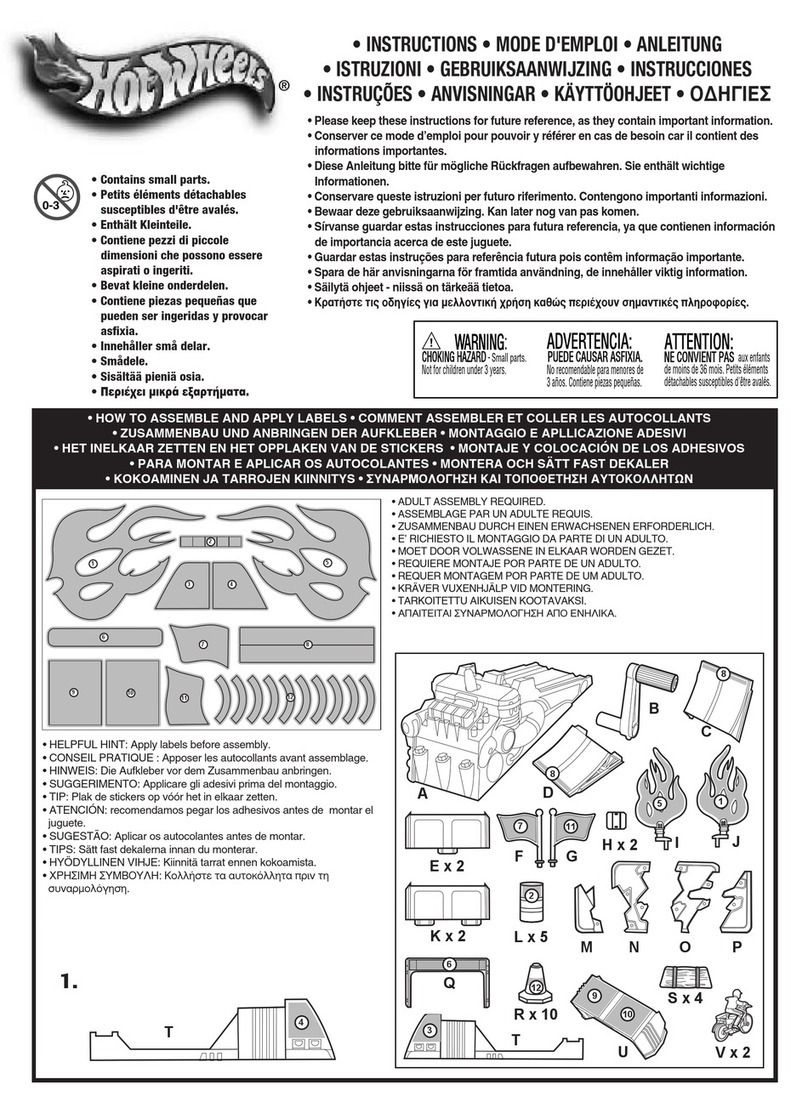
Hot Wheels
Hot Wheels 47570 User manual

Hot Wheels
Hot Wheels DR. BONES COLOR LAB R1199-0920 User manual

Hot Wheels
Hot Wheels Ballistik Racer Vehicle User manual

Hot Wheels
Hot Wheels PIRATE TAKEDOWN User manual
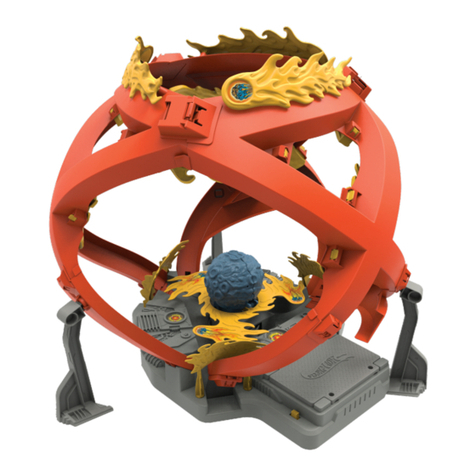
Hot Wheels
Hot Wheels FIREBALL CRASH User manual

Hot Wheels
Hot Wheels EXTREME MOTO-CROSS CYCLE User manual
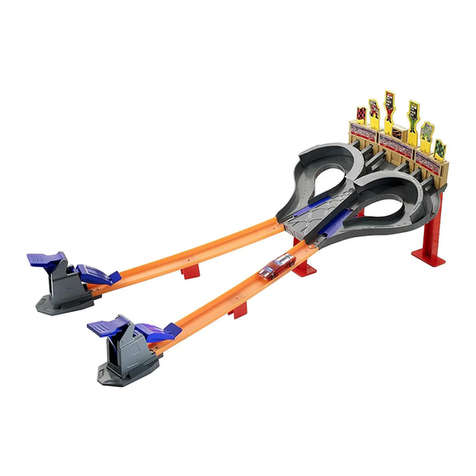
Hot Wheels
Hot Wheels SUPER SPEED BLASTWAY User manual
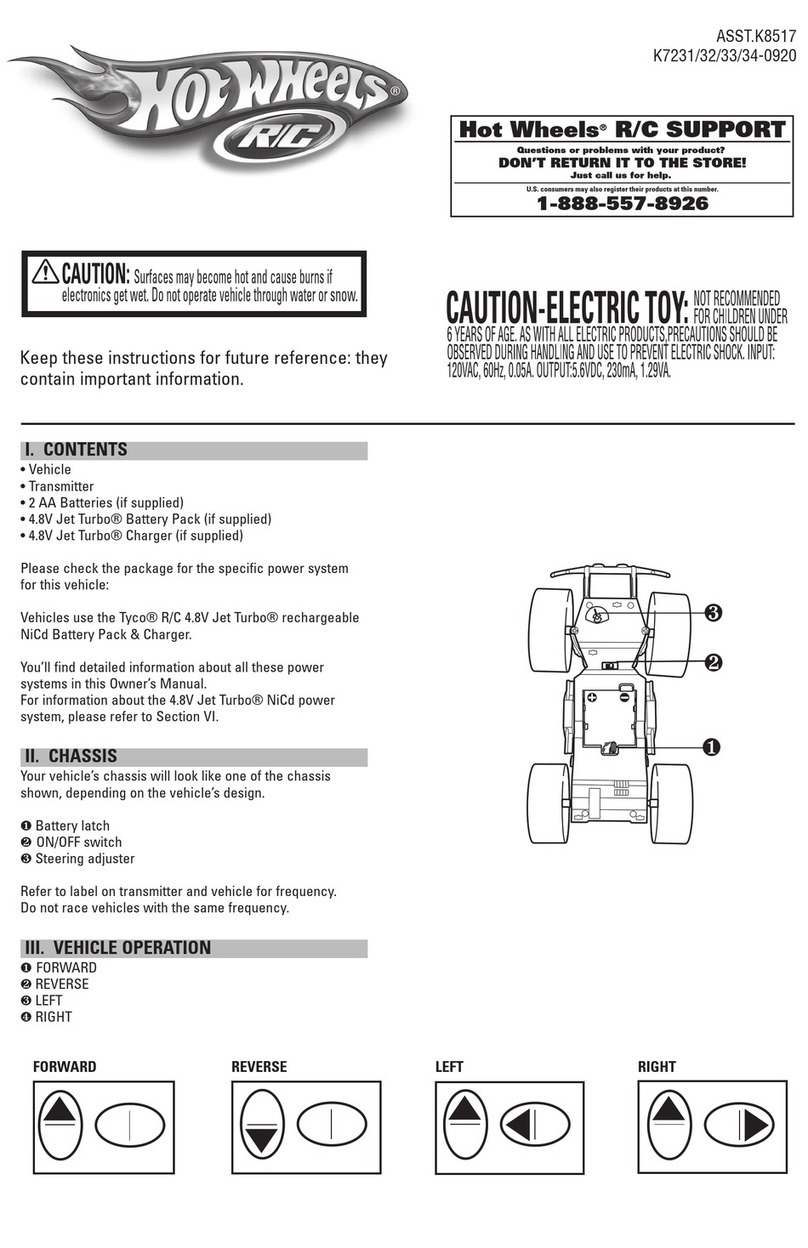
Hot Wheels
Hot Wheels K8517 User manual
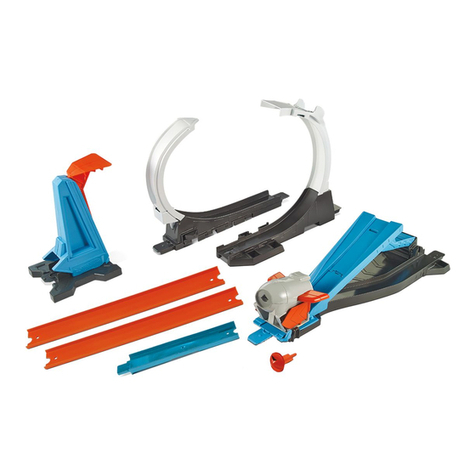
Hot Wheels
Hot Wheels LOOP & LAUNCH N4715-0920 User manual

Hot Wheels
Hot Wheels ULTRA METROPOLIS User manual
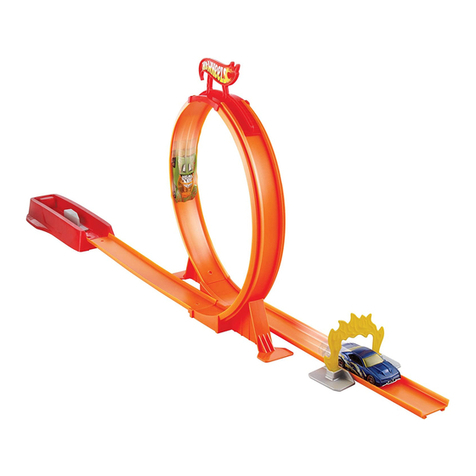
Hot Wheels
Hot Wheels LOOP & LAUNCH User manual

Hot Wheels
Hot Wheels Ai User manual
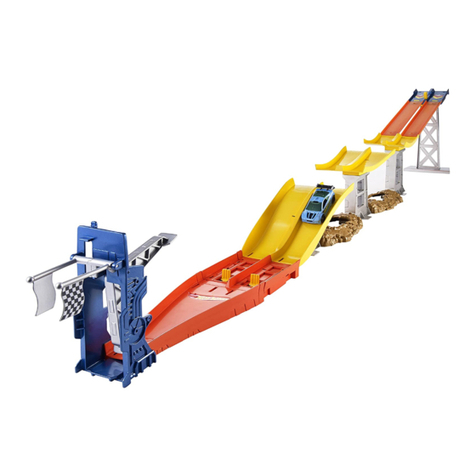
Hot Wheels
Hot Wheels SUPER START JUMP RACE User manual
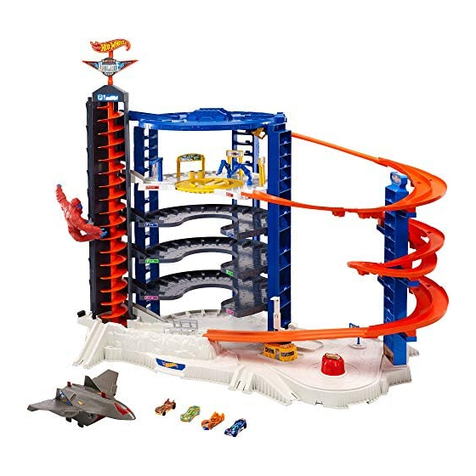
Hot Wheels
Hot Wheels Super Ultimate Garage User manual
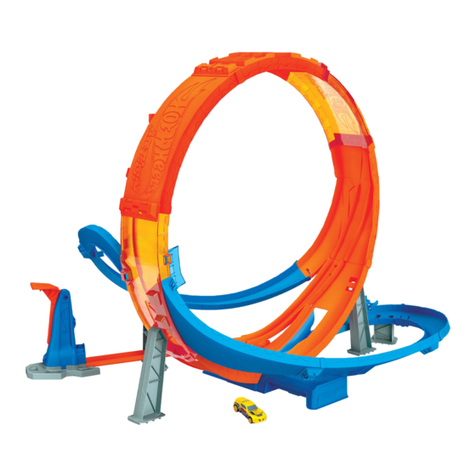
Hot Wheels
Hot Wheels ACTION User manual

Hot Wheels
Hot Wheels CITY SHARKPORT SHOWDOWN User manual

Hot Wheels
Hot Wheels Color Shifters City Flame Fighters User manual
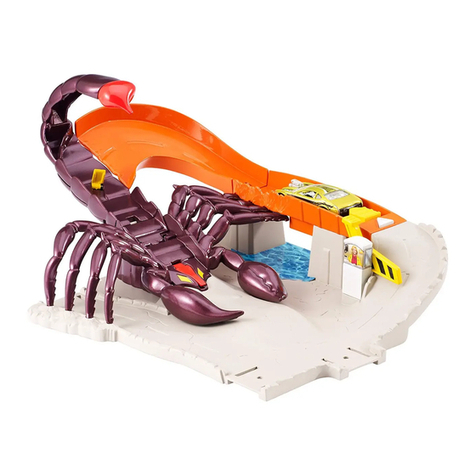
Hot Wheels
Hot Wheels Scorpion Takedown User manual
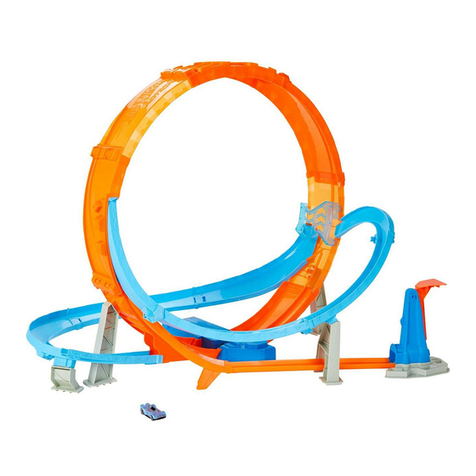
Hot Wheels
Hot Wheels GTV14 User manual
Popular Toy manuals by other brands

FUTABA
FUTABA GY470 instruction manual

LEGO
LEGO 41116 manual

Fisher-Price
Fisher-Price ColorMe Flowerz Bouquet Maker P9692 instruction sheet

Little Tikes
Little Tikes LITTLE HANDIWORKER 0920 Assembly instructions

Eduard
Eduard EF-2000 Two-seater exterior Assembly instructions

USA Trains
USA Trains EXTENDED VISION CABOOSE instructions



